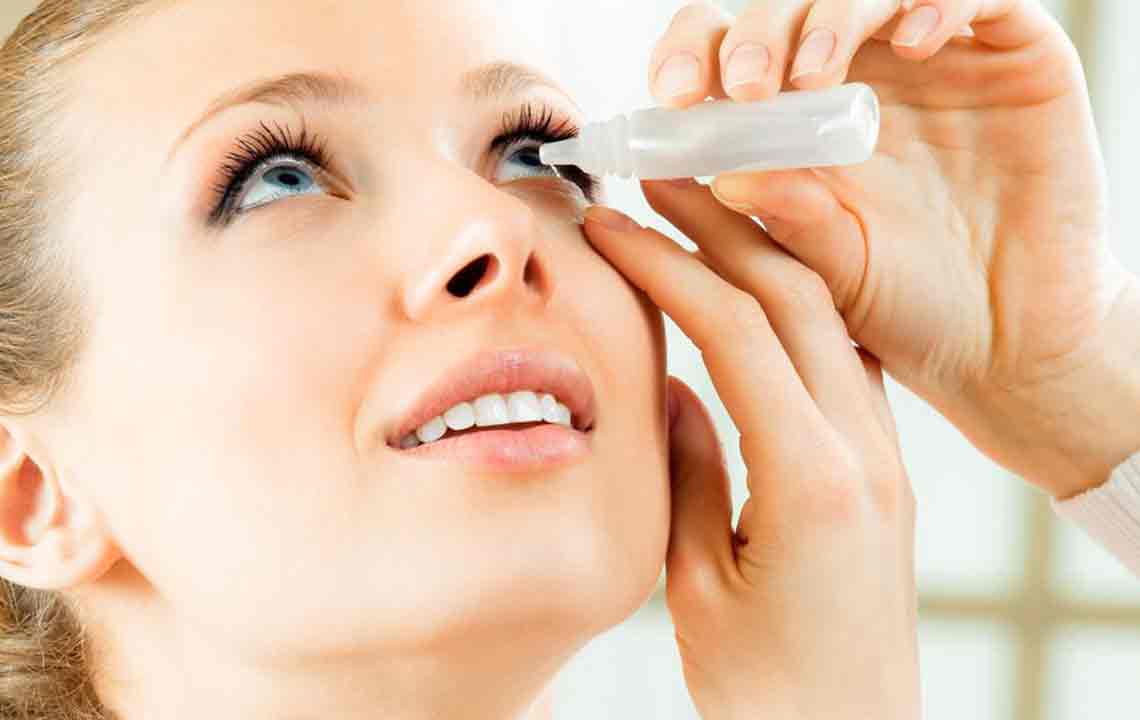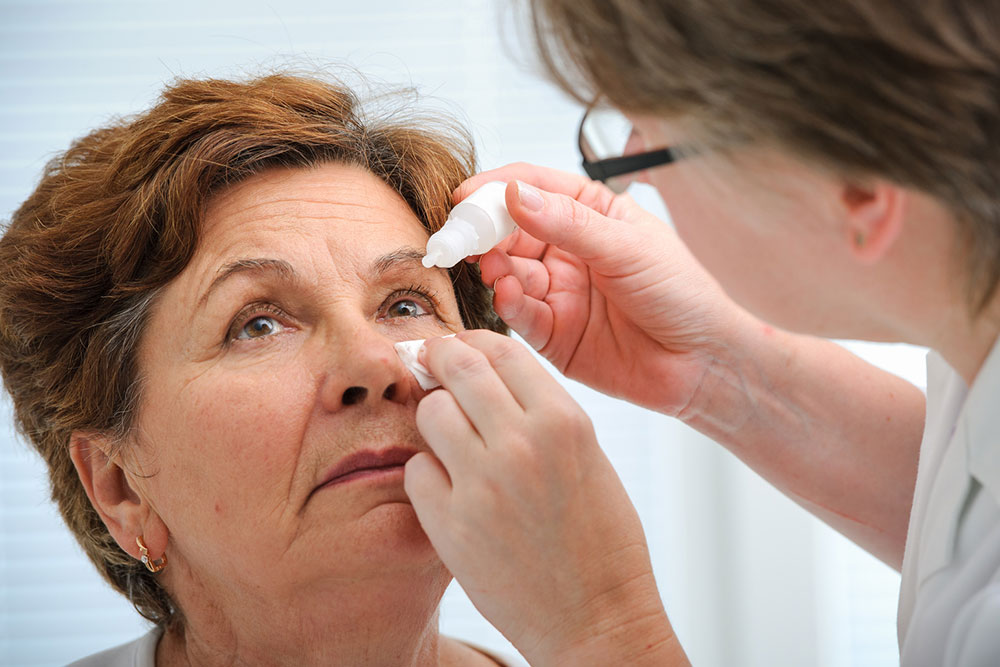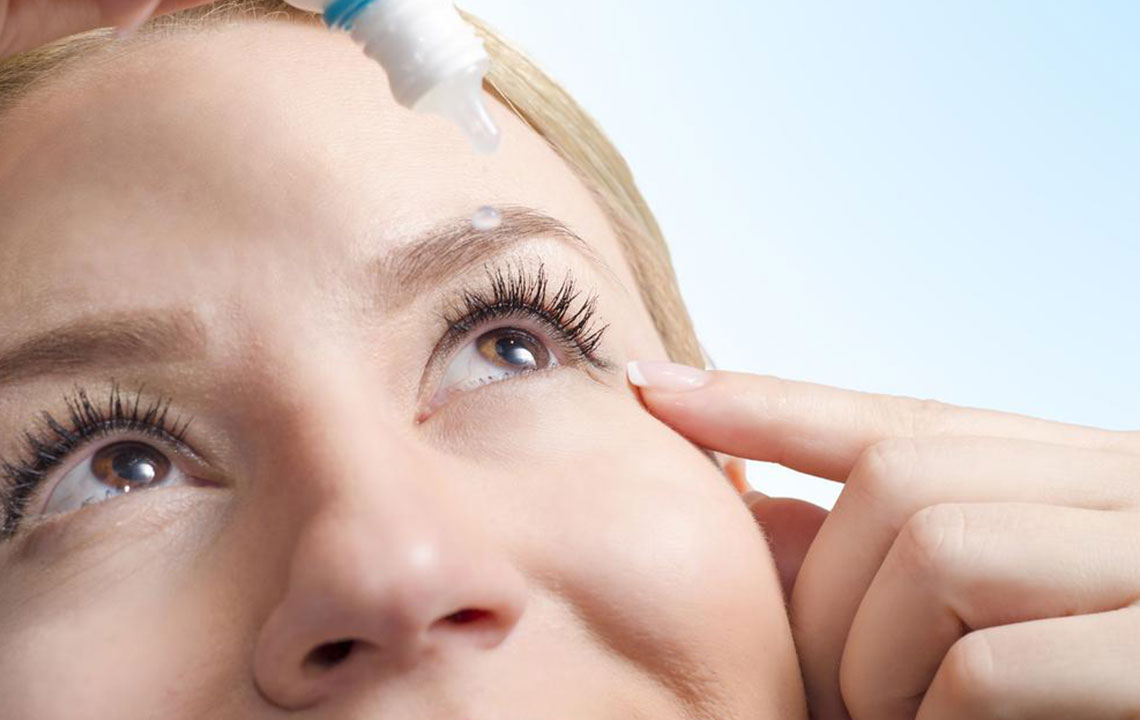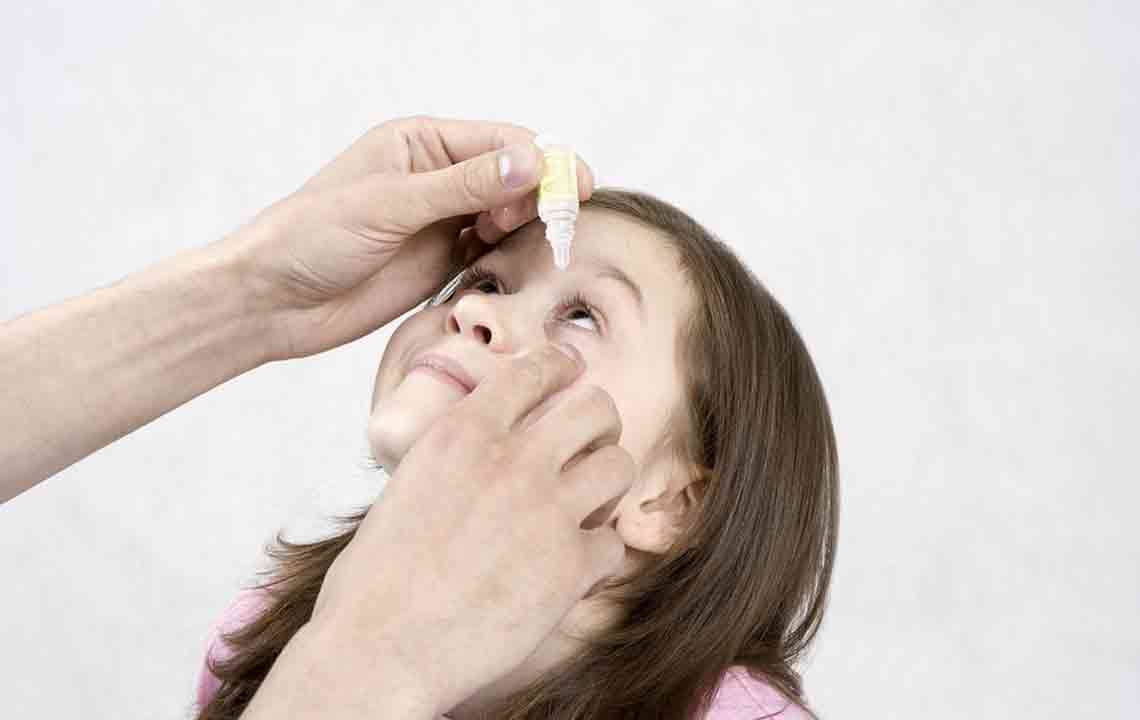Understanding Dry Eyes: Causes and Diagnostic Approaches
Learn about the causes, symptoms, and diagnostic methods for dry eyes. This article explains the role of tear production, types of dry eye conditions, and available treatment options to maintain eye health. Early detection and proper care are key to preventing long-term damage, especially in polluted environments where dry eye cases are more common.

Understanding Dry Eyes: Causes and Diagnostic Approaches
Dry eyes commonly result from the eye's inability to produce enough tears, leading to discomfort and potential damage. Insufficient moisture causes dehydration of the ocular surface, affecting many individuals worldwide.
Symptoms may include irritation, redness, blurred vision, sensitivity to light, itching, heaviness, burning sensation, soreness, and the feeling of foreign objects in the eye. Sometimes, the eyes watering excessively is a natural response, but it doesn't resolve the dryness issue.
Our tears are a complex mix of oils, water, and mucus, forming a protective layer that fights infection and maintains eye health. Proper lubrication ensures the eyes stay moist, remove dust, and prevent microbial infections.
If diagnosed with dry eyes, your healthcare provider will recommend suitable treatments. Understanding the primary causes can also help in taking preventive steps.
Key causes of dry eyes include decreased tear production and increased tear evaporation. Reduced tear production, known as Keratoconjunctivitis Sicca, can be linked to aging, autoimmune conditions like Sjogren's syndrome, rheumatoid arthritis, thyroid issues, diabetes, vitamin A deficiency, certain medications, laser surgeries, or gland injury.
Increased evaporation often results from activities like prolonged screen use, reduced blinking, exposure to wind, smoke, or dry environments, or eyelid irregularities affecting tear distribution. The tear film layers—oil, water, and mucus—are secreted by specialized glands. Dysfunction of these glands leads to tear film instability.
Disruption in any tear film component causes different dry eye types: 'evaporative' due to oil deficiency or 'aqueous-deficient' from water shortage. Blocked oil glands or inflammation can exacerbate dryness.
Diagnostic tests involve eye examinations to evaluate tear production and ocular surface health, as symptoms alone are insufficient indicators. Accurate assessment guides effective treatment plans.
Effective remedies include artificial tears, regular breaks during screen time, and medications to boost tear secretion or reduce inflammation. Early diagnosis is crucial, especially in polluted areas where dry eye prevalence is higher, to prevent permanent damage.










